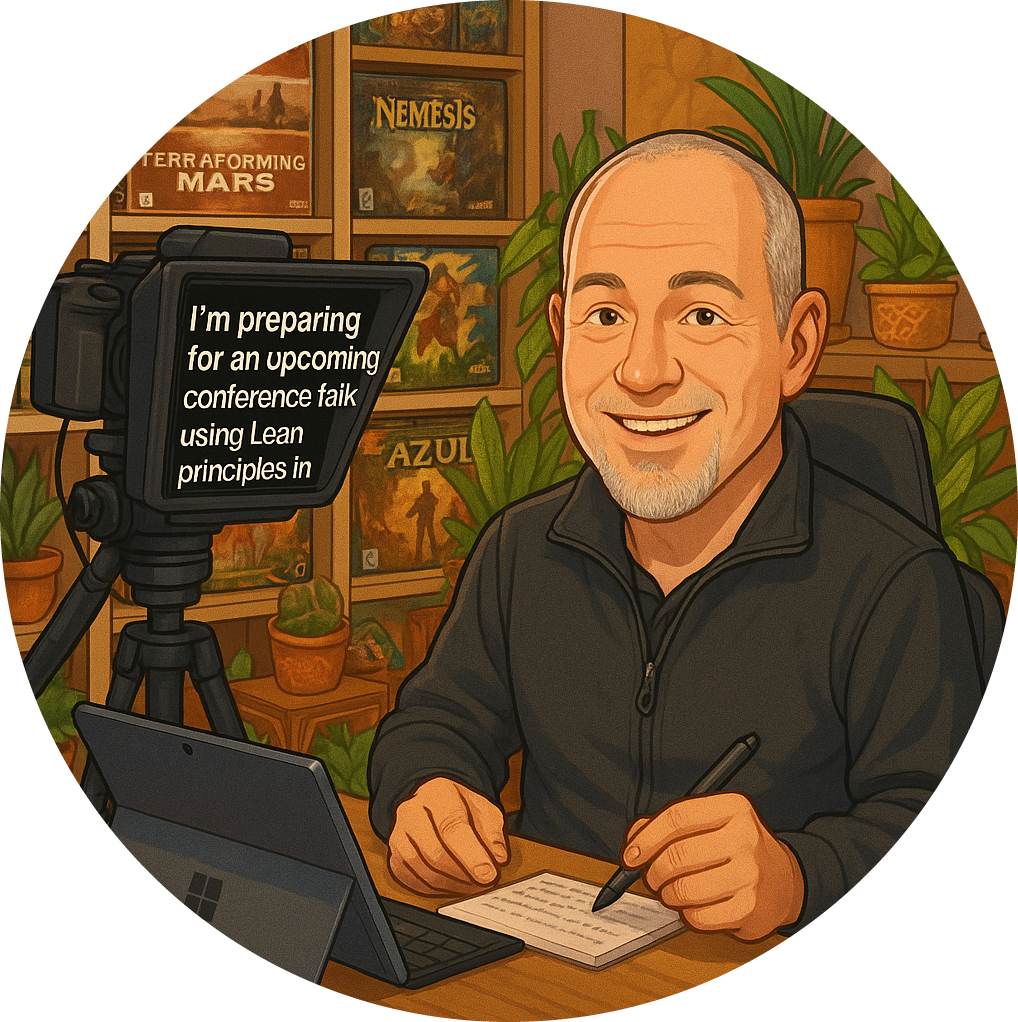Can Your Product Pass the Done Test?
Over the years, I’ve seen teams fall into the trap of treating “done” as a vague aspiration rather than a concrete, objective standard. Too often, “done” is little more than a checklist of completed tasks, a box-ticking exercise that says nothing about whether we’ve actually delivered value. But here’s the hard truth: good done isn’t aspirational. It’s objective. It’s measurable. And it’s the foundation upon which real agility and trust are built.
What Does “Done” Really Mean?
A robust definition of done is not about whether the team has finished their tasks. It’s about whether the increment, the thing you’ve built, actually works in the real world. For me, a strong definition of done means:
- The increment is thoroughly tested, not just in isolation but in the context of the whole system.
- It’s deployed to a production-like environment, not languishing in some staging area.
- It’s monitored, with telemetry in place so we can see how it behaves in the wild.
- It’s actively validating (or diminishing) a real business hypothesis, are we actually solving the problem we set out to address?
- It’s safe, valuable, and ready to deliver learning immediately.
This is not about perfectionism or gold-plating. It’s about outcomes being real, not just theoretical. It’s about delivering something that works, that’s safe, that’s valuable, and that you can learn from right away.
Why Raising the Bar on “Done” Matters
When we help teams set real-world benchmarks for excellence, we’re not just being pedantic. Raising the bar on done raises everything else with it:
- Quality: A clear, objective definition of done means fewer defects, less rework, and more confidence in what we deliver.
- Agility: When you know what “done” really means, you can adapt quickly, because you’re not constantly going back to fix things that should have been finished in the first place.
- Trust: Stakeholders trust teams that consistently deliver increments that work, that are safe, and that provide real value.
- Time to Value: The faster you can get real, working software into the hands of users, the faster you can learn and adapt.
My Experience: The Power of a Shared Standard
I’ve worked with teams across industries, and the difference between those who treat “done” as a moving target and those who hold themselves to a clear, objective standard is night and day. The latter group delivers faster, learns more, and earns the trust of their stakeholders. They don’t just finish tasks, they deliver outcomes.
If you’re still struggling with what “done” means for your team, you’re not alone. It’s a journey, and it requires courage and discipline. But the payoff is immense: a future-proof standard that drives quality, agility, and trust.
Ready to Define Your Done?
If you’re ready to define your done and raise the bar on quality, let’s talk. Together, we can build a standard that not only meets today’s needs but sets you up for long-term success. Because when you raise the bar on done, you raise the bar on everything else.



























